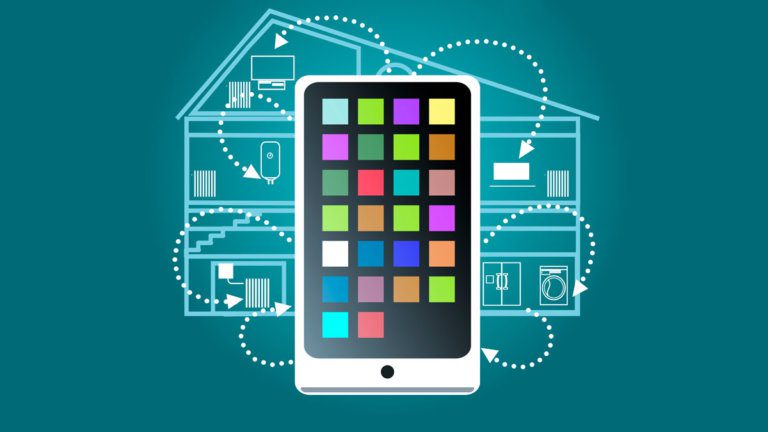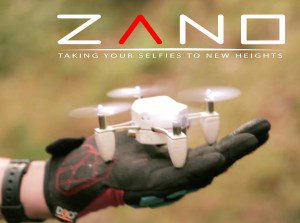Consumer
CES 2015: Connecting Things

Once again, this year’s CES was the biggest ever. With over 170,000 attendees, 2.2 million square feet of floor space, and over 3,600 exhibitors it was by far, the highest nerd density location in history. The densest of the dense were in Eureka Park where over 375 startups debuted the products of their unfiltered imaginations.
Those of you who have read my reports in the past are aware that I claim to cover the entire exhibit space of the Consumer Electronics Show (CES). I have done this for the last 15 years or so. This serves two purposes. First, it keeps me (and presumably you) abreast of the latest technology developments and second, it serves as my official exercise program.
 This year, as last year, was all about the Internet of Things. This year, though, the technology has matured. Instead of ridiculous things like connected Geiger counters and pet trackers, this year we were treated to Bluetooth diapers and even more elaborate pet trackers.
This year, as last year, was all about the Internet of Things. This year, though, the technology has matured. Instead of ridiculous things like connected Geiger counters and pet trackers, this year we were treated to Bluetooth diapers and even more elaborate pet trackers.
While there weren’t really any new breakout categories at CES this year, there were significant improvements in some of the existing categories. Ultra-high-definition televisions (UHDTV or 4K TV with about 4 thousand horizontal pixels) were even more ubiquitous and featured things like OLED (organic light emitting diode) technology, high dynamic range and expanded color gamut. 3D TV made a respectable showing with glasses-free 3D technologies that didn’t immediately induce motion sickness.
High-definition audio became more real (but is still a bit pricey) with Neil Young’s Pono player and other HD Audio offerings from traditional audio equipment vendors. Object audio in the form of Dolby Atmos and DTS also became a common feature in high-end receivers and amplifiers.
 The obsession with selfies literally reached new heights with drone mounted cameras and cameras that are always on and documenting our lives. Yes, there are people wearing cameras and documenting everything they do – in Vegas!
The obsession with selfies literally reached new heights with drone mounted cameras and cameras that are always on and documenting our lives. Yes, there are people wearing cameras and documenting everything they do – in Vegas!
Here are some of my personal observations that may be relevant to cable television providers:
- The Sling TV OTT linear video is a harbinger of a new competitive environment for video services. Video delivery technology is a shrinking differentiator for cable. Other core cable differentiators will have to be increasingly leveraged such as content aggregation, seamlessly integrated services and a reliable customer services infrastructure.
- Cable infrastructure must deliver on Internet time. New features like 4K video, high-dynamic-range, and expanded color gamut must be delivered as soon as they are available. This is consistent with a move to IP-delivered video and features being integrated into televisions and other consumer-purchased equipment. A dedicated, cable-owned set-top box will become less important.
- The Internet of Things requires a little adult supervision. It’s the Wild West right now with differentiation and exclusive applications being primary motivators, but that doesn’t scale. Standards can help in the long run, but for now, an application provider with extensive support resources and the ability to integrate in a rapidly evolving environment will be required. This is an opportunity for cable.
- Building bridges between consumers and non-consumers (businesses, medical providers, governments, etc.) is another opportunity for cable. Cable already provides an extensive consumer solution. The producer and provider side of the equation should not be neglected.
- It seems there is more cable can do with infrastructure and data. Consumers are producing video and creating personal data at an unprecedented level. They will own this data, but will need to store and manage it in a secure way. The problem of how to do this is not solved.
- In general, cable is doing well in providing the connectivity consumers demand. However, it is critical that these connections are augmented with attractive services if cable is to avoid being a commoditized pipe. Looking outside the home to mobile services and car-based services is a possible path to new opportunities.
Clearly, I have provided you with a small snapshot of the things at CES and how they might be relevant to cable operators. Eleven months remain in 2015 for you to conduct your own research.

